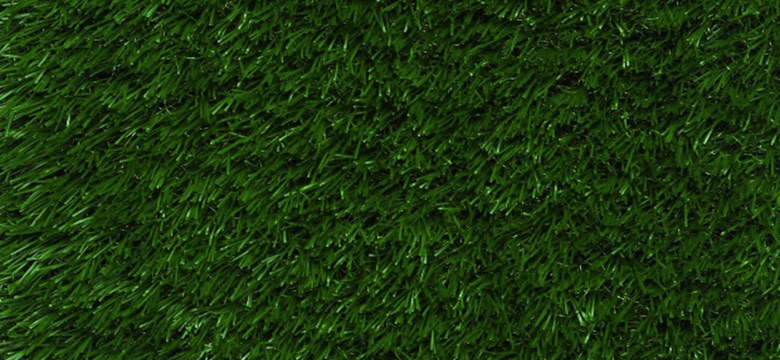Who was it that decided that the standard for American yards should be the perfectly manicured green lawn? Well, as it happens, you can blame it on the English aristocracy, rotary push mowers, the USDA, golfers and The American Garden Club. The desire for sweeping lawns of perfectly mowed carpets of blue grass dates to the nobility of 19th Century England that could afford the extensive labor required to scythe the grass on their estates. That image of perfection was to become the desire of the growing middle class of America. It moved closer to their grasp by the creation of the rotary mower in 1870 by Elwood McGuire of Richmond, Indiana. By 1885, Americans were shipping 50,000 mowers to the world, so everyone could enjoy a perfectly manicured lawn.
Manifestation of that desire was still only dream until 1915 when the USDA and the US Golf Association collaborated on the development of a mix of grass seeds that would be appropriate for the wide variety of American climates. It took 15 years of testing African Bermuda grass, European Bluegrass and a mix of Fescues and bent grasses to arrive at the perfect mixtures. In turn, that opened the door for the development of the proper pesticides, herbicides and fertilizers to nourish and protect our new lawns.
But the ubiquitous American lawn wasn’t to arrive until The American Garden Club stepped in to run competitions across the country to convince the American public that it was their civic duty to maintain a beautiful and healthy lawn. They recommended that it be "a plot with a single type of grass with no intruding weeds, kept mown at a height of an inch and a half, uniformly green, and neatly edged." Today, multi-national petrochemical companies like Scotts and Ortho continue to carry the banner for the perfect lawn.
Now, millions upon millions of tons of chemicals are spread on lawns every year. Millions of acre feet of precious water resources are squandered upon millions of acres of sterile grass that is completely void of nutritional benefit for birds, bees and butterflies.
Thankfully, there are alternatives that are more nutritious, organic and sustainable landscape design.
Stay tuned for more...
A perfect lawn, whose idea was it anyway...
Tuesday, March 1, 2011
